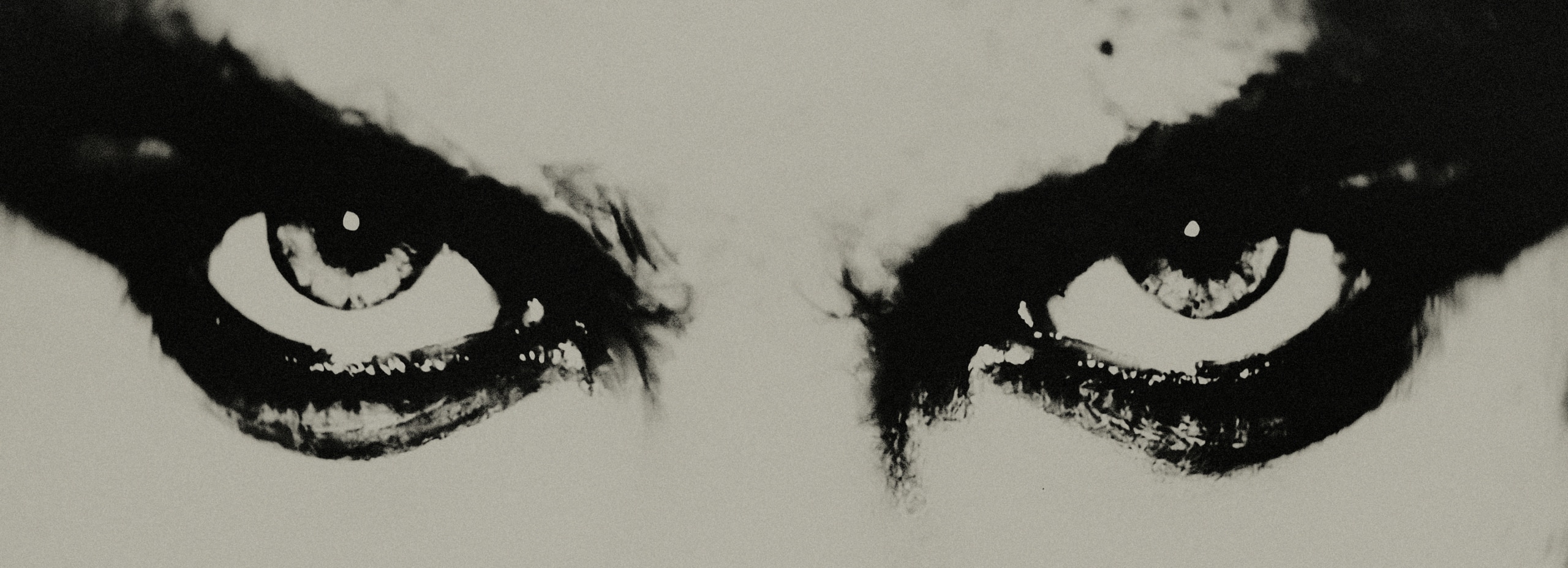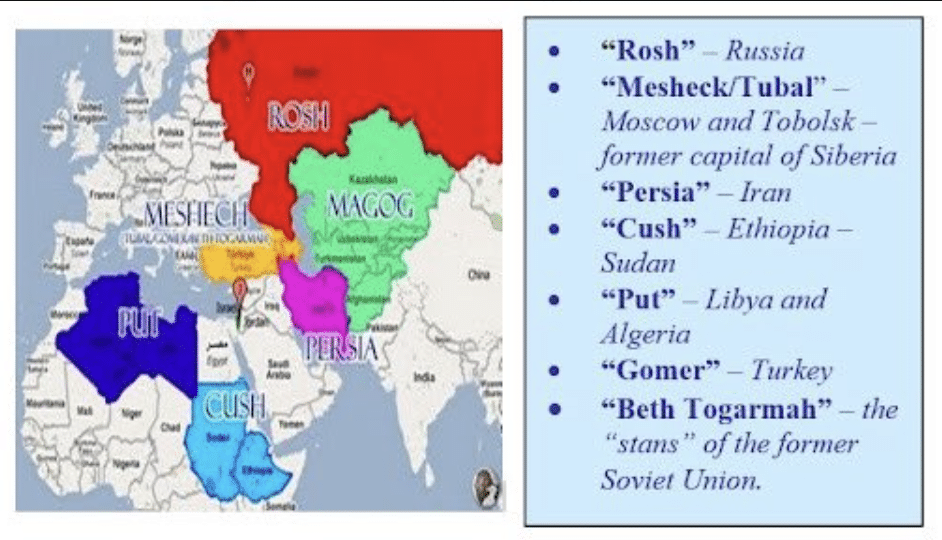 By Jonathan Feldstein,
By Jonathan Feldstein,
Special Correspondent to The Jerusalem Channel
This week I was saddened to learn of the death of Ida Nudel, a former leading activist and leader in the movement to free the Jews of the Soviet Union. Unfortunately, because the custom in Israel is to bury the deceased within 24 hours, I found about her death too late to make it to the funeral and pay respects there. But it’s important to remember her, and her giant role in the history of the Jewish people.
I knew about Ida Nudel as a teen. She was one of the prominent faces of the Soviet Jewry movement. Ida was a Soviet Jewish refusenik (Jews who had asked for permission to be able to leave the USSR and ultimately been refused, bringing with the refusal a stigma of being anti-Soviet and victim of prosecution for any of a number of trumped up charges), and Prisoner of Zion whose personal struggle to leave the USSR and advocate for other prisoners and refuseniks made her famous among western Soviet Jewry activists, within the Soviet Jewish community, and infamous in the KGB which persecuted her relentlessly. That she was a petite, single woman with no children, made her and what she did all the more remarkable, heroic, and selfless.
Ida was known as the “Guardian Angel” because of her efforts to provide humanitarian items for Prisoners of Zion, jailed for Jewish activities such as teaching Hebrew or engaging in religious activities as well as for the right to leave the USSR. Ida would acquire and send, often smuggling, (at no little cost or effort) packages to Jewish prisoners including vitamins and other things to sustain them physically. She also served as an advocate for many of their families, providing support and even submitting appeals in Soviet courts on their behalf.
Because of her stature, under five feet tall, and the selflessness with which she approached her activism, Ida was especially well known, and someone around whom many became active advocates on her behalf. This became all the more so after she was arrested and sent to exile in Siberia. During that time, Ida was known to have slept with a knife in order to protect herself as a woman among violent (and often drunk) male criminals.
All this made her not just a notable hero but particularly sympathetic to supporters outside the USSR. As part of the broader Soviet Jewry movement, it was important that actresses like Jane Fonda visited her during her Siberian exile and continued to keep her case visible. Liv Ullmann also took interest and eventually played Ida in a film that was based on Ida’s autobiography.
Ida’s struggle to make Aliyah began after learning about the 1970 attempt to hijack a plane to freedom by a group of refuseniks in Leningrad. She was denied an exit visa on the commonly made-up farce that she had “access to state secrets” because of her job.
Ida’s sister, Elena, and her family were granted permission to leave the USSR in 1972, making Ida’s life lonelier but increasing her activism. Among her bold activities, she organized a hunger strike at Soviet Communist Party headquarters to protest the arrest of another refusenik. In 1978 she famously put a sign in her apartment window which said, “KGB, Give Me My Visa.″ She lost her job and then was exiled to Siberia for four years. But after being released from exile in 1982, she was banned from returning to Moscow, and forced to live in Moldova for five years.
In 1987, when the Soviets began letting out more well-known refuseniks, Ida was finally given permission. It’s intuitive that she was a headache to the Soviets because of how visible she was outside the USSR, and they could score some points by letting her leave. In a year when fewer than 900 Soviet Jews were given permission to emigrate, it’s hard to imagine that every one of those who did leave were not selected carefully by the KGB and Soviet leaders as a calculated way to reduce pressure because of their human rights violations.
I arrived in Moscow two days before Yom Kippur in 1987 to visit, encourage, and bring supplies to Jewish refuseniks. That day, I learned that word was spreading that Ida Nudel was in Moscow. Then, just being allowed to come to Moscow was not to be taken for granted, and was something the KGB could have easily prevented. The next day I set out to the apartment of the woman where Ida was staying.
I arrived to an emotional commotion. An hour earlier, Ida had received her permission to emigrate. It was an honor to meet her and be in her presence, but to share this historic and personal milestone with her was no less than miraculous. No less miraculous, I had a cassette tape recorder and blank tapes (some of the items brought with me to leave behind with the Jewish activists). Fortunately, I had the sense to record what was happening as Ida received congratulatory calls from New York, London and other western cities, conversations in English which I understood with whom she was speaking and of course what she was saying.
A short time later the phone rang again. It was her sister, calling from Israel. They had not seen each other in 15 years. As soon as she started to speak, Ida choked up in uncontrollable tears and then ultimately was able to blurt out in Russian, “I got my permission.” The pictures that I kept to this day are priceless, showing her glee, her determined heroism, and the depth of her emotion that she was finally able to express.
Reflecting on her life, I realized this week that she was my age now when she was released from the USSR. Never married, no children, she basically spent most of her adult life until that point fighting to leave the USSR, and for the rights of others to do so. I recall that in a moment of quiet between calls, she blurted out in pride, “We won them!” Indeed, she had.
Shortly after receiving the call from her sister, as if nothing out of the normal transpired, Ida and I shared a taxi to the Moscow synagogue together for Yom Kippur services. I don’t recall, but I hope I paid. Arriving at the synagogue, she was swept up into a sea of people, her people.
Two weeks later, Ida flew to Israel on the private plane of US billionaire Armand Hammer. This was an honor that underscored how beloved she was as a leader of the Soviet Jewry movement who had become enough of a thorn in the side of the Soviets that they just resolved to let her leave.
After leaving her on Yom Kippur, I continued my travels through the USSR, excitedly protecting the undeveloped film I had, thinking I would try to find a western journalist to share them with, but being too nervous to do so and risk getting caught myself. Ida arrived in Israel on October 15 to a hero’s welcome, and the embrace of her sister. I didn’t leave the USSR until days later and only then was able to develop the pictures and share this (among the many) tremendous experience that I had been privileged to have.
My Facebook post announcing her death elicited a wide range of responses including one who wrote sadly, “We’re losing them,” meaning the former refusenik leaders and heroes. Their stories need to be told, as well as those of the western activists, the “students and housewives” which the KGB pejoratively called us. Indeed, Israel’s President Isaac Herzog commented that his father, former president Chaim Herzog, was privileged to greet Ida when she finally came to Israel, noting “It’s important to remember and commemorate the stories of the Prisoners of Zion who with spirit and bravery changed the world.”
Another Facebook comment summed it up well, “Rest in peace, courageous lady.”
Ida was small in stature but a giant on so many levels. She was selfless, heroic, and brave, taking care of others’ well-being over hers, and suffering tremendous persecution along the way. She had no children so we should all take a degree of responsibility to keep her memory and legacy alive, whether as former Soviet Jewish refuseniks, western activists, or if you’re just hearing about her now for the first time.
May she rest in peace and her memory continue to be a blessing for us all.







Leave A Comment